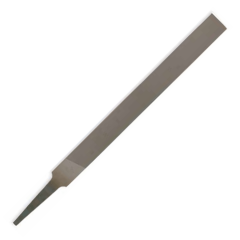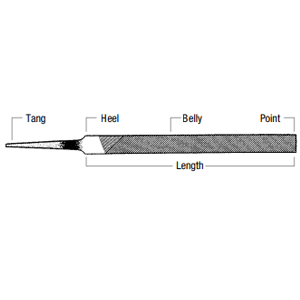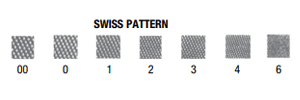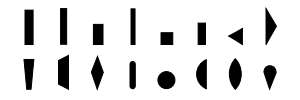Swiss Pattern
Choosing an Swiss Pattern FileSelecting the proper file for your application is essential if your going to achieve the desired result for your job. When selecting the proper file you most consider its shape, size, tooth type, and coarseness. The size and the coarseness of the file are directly related. Larger files will remove more stock but will also leave your project with a coarse finish, while smaller files will remove less stock, but will leave a finer, smoother finish. Parts of the File Coarseness Kinds of Teeth Shape |
|
-
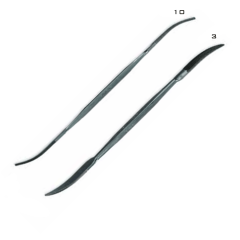
Sku #: 3HN-41018
Nicholson File #41018 7 1/2 in. Silversmiths Rifflers-Style 3-Cut No. 2As low as $721.84 -
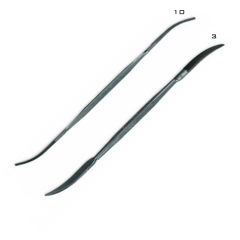
Sku #: 3HN-41102
Nicholson File #41102 7 1/2 in. Silversmiths Rifflers-Style 10-Cut No. 2As low as $721.84 -
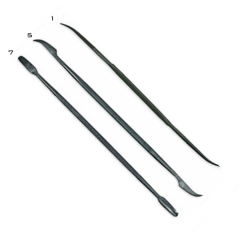
Sku #: 3HN-36018N
Nicholson File #36018N 6 1/2 in. Die Sinkers File-Style 5-Cut No. 2As low as $535.60 -
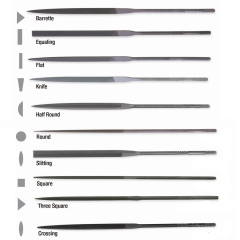
Sku #: 3HN-37060
Nicholson File #37060 4 in. Round Handle Needle File-Cut No. 2-RoundAs low as $227.51 -
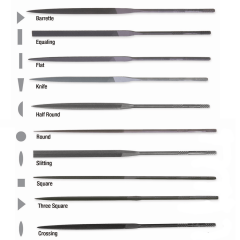
Sku #: 3HN-37081
Nicholson File #37081 4 in. Round Handle Needle File-Cut No. 0-Half RoundAs low as $231.73 -
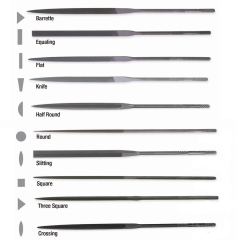
Sku #: 3HN-37116
Nicholson File #37116 4 in. Round Handle Needle File-Cut No. 2-FlatAs low as $227.51 -
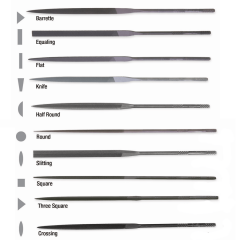
Sku #: 3HN-37200
Nicholson File #37200 4 in. Round Handle Needle File-Cut No. 2-SquareAs low as $227.51 -
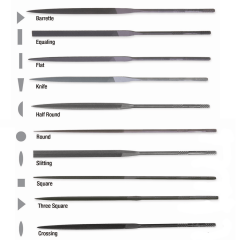
Sku #: 3HN-37228
Nicholson File #37228 4 in. Round Handle Needle File-Cut No. 2-Three SquareAs low as $227.51 -
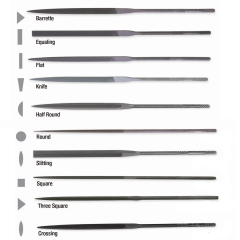
Sku #: 3HN-37256
Nicholson File #37256 4 in. Round Handle Needle File-Cut No. 2-EqualingAs low as $227.51 -
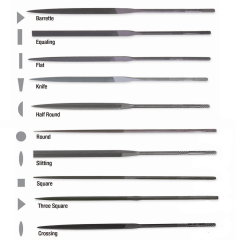
Sku #: 3HN-37416
Nicholson File #37416 5 1/2 in. Round Handle Needle File-Cut No. 0-RoundAs low as $232.25 -
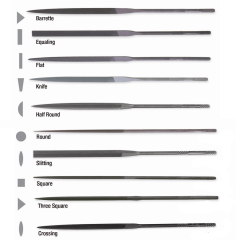
Sku #: 3HN-37430
Nicholson File #37430 5 1/2 in. Round Handle Needle File-Cut No. 4-RoundAs low as $232.25 -
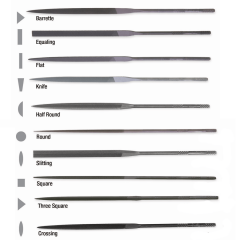
Sku #: 3HN-37486
Nicholson File #37486 5 1/2 in. Round Handle Needle File-Cut No. 4-FlatAs low as $232.25 -
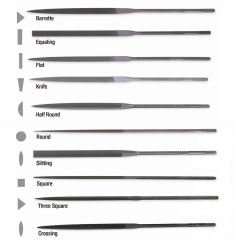
Sku #: 3HN-37500
Nicholson File #37500 5 1/2 in. Round Handle Needle File-Cut No. 0-CrossingAs low as $232.25 -
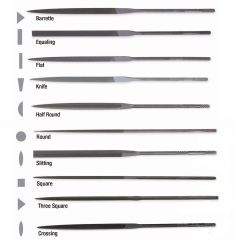
Sku #: 3HN-37591
Nicholson File #37591 5 1/2 in. Round Handle Needle File-Cut No. 2-Three SquareAs low as $232.25 -
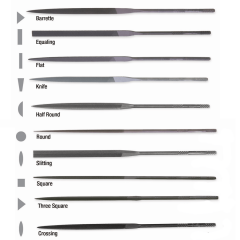
Sku #: 3HN-37612
Nicholson File #37612 5 1/2 in. Round Handle Needle File-Cut No. 0-EqualingAs low as $232.25 -
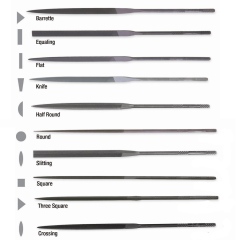
Sku #: 3HN-37619
Nicholson File #37619 5 1/2 in. Round Handle Needle File-Cut No. 2-EqualingAs low as $232.25 -
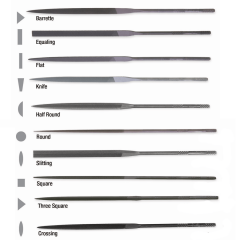
Sku #: 3HN-37640
Nicholson File #37640 5 1/2 in. Round Handle Needle File-Cut No. 0-BarretteAs low as $232.25 -
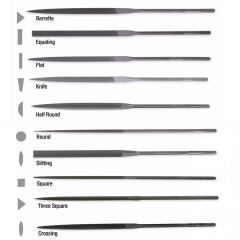
Sku #: 3HN-37779
Nicholson File #37779 6 1/4 in. Round Handle Needle File-Cut No. 0-RoundAs low as $253.58 -
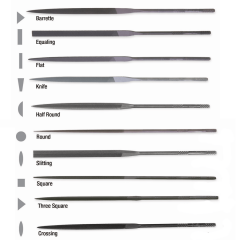
Sku #: 3HN-37793
Nicholson File #37793 6 1/4 in. Round Handle Needle File-Cut No. 4-RoundAs low as $253.58 -
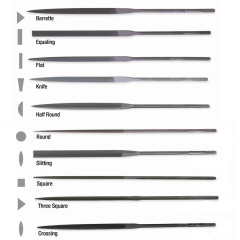
Sku #: 3HN-37828
Nicholson File #37828 6 1/4 in. Round Handle Needle File-Cut No. 6-Half RoundAs low as $255.43 -
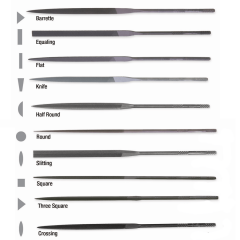
Sku #: 3HN-37842
Nicholson File #37842 6 1/4 in. Round Handle Needle File-Cut No. 2-FlatAs low as $253.58 -
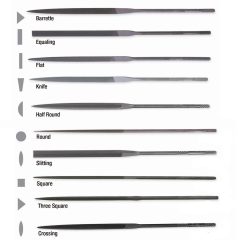
Sku #: 3HN-37849
Nicholson File #37849 6 1/4 in. Round Handle Needle File-Cut No. 4-FlatAs low as $253.58 -
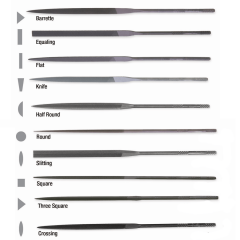
Sku #: 3HN-37863
Nicholson File #37863 6 1/4 in. Round Handle Needle File-Cut No. 0-CrossingAs low as $253.58 -
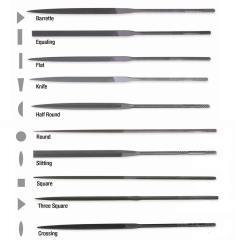
Sku #: 3HN-37891
Nicholson File #37891 6 1/4 in. Round Handle Needle File-Cut No. 0-Knife (safe back)As low as $253.58 -
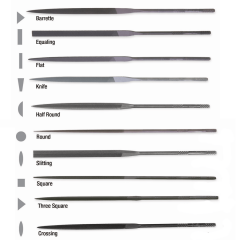
Sku #: 3HN-37898
Nicholson File #37898 6 1/4 in. Round Handle Needle File-Cut No. 2-Knife (safe back)As low as $253.58 -
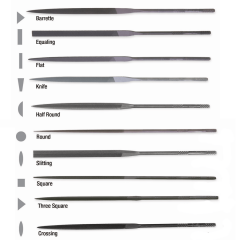
Sku #: 3HN-37926
Nicholson File #37926 6 1/4 in. Round Handle Needle File-Cut No. 2-SquareAs low as $253.58 -
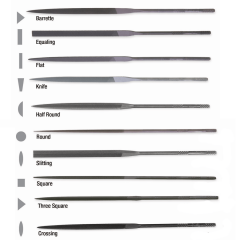
Sku #: 3HN-37947
Nicholson File #37947 6 1/4 in. Round Handle Needle File-Cut No. 0-Three SquareAs low as $253.58 -
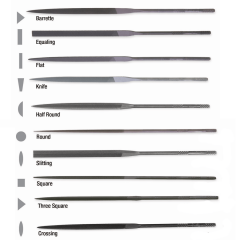
Sku #: 3HN-38059
Nicholson File #38059 6 1/4 in. Round Handle Needle File-Cut No. 0-SlittingAs low as $253.58 -
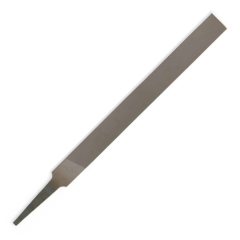
-
